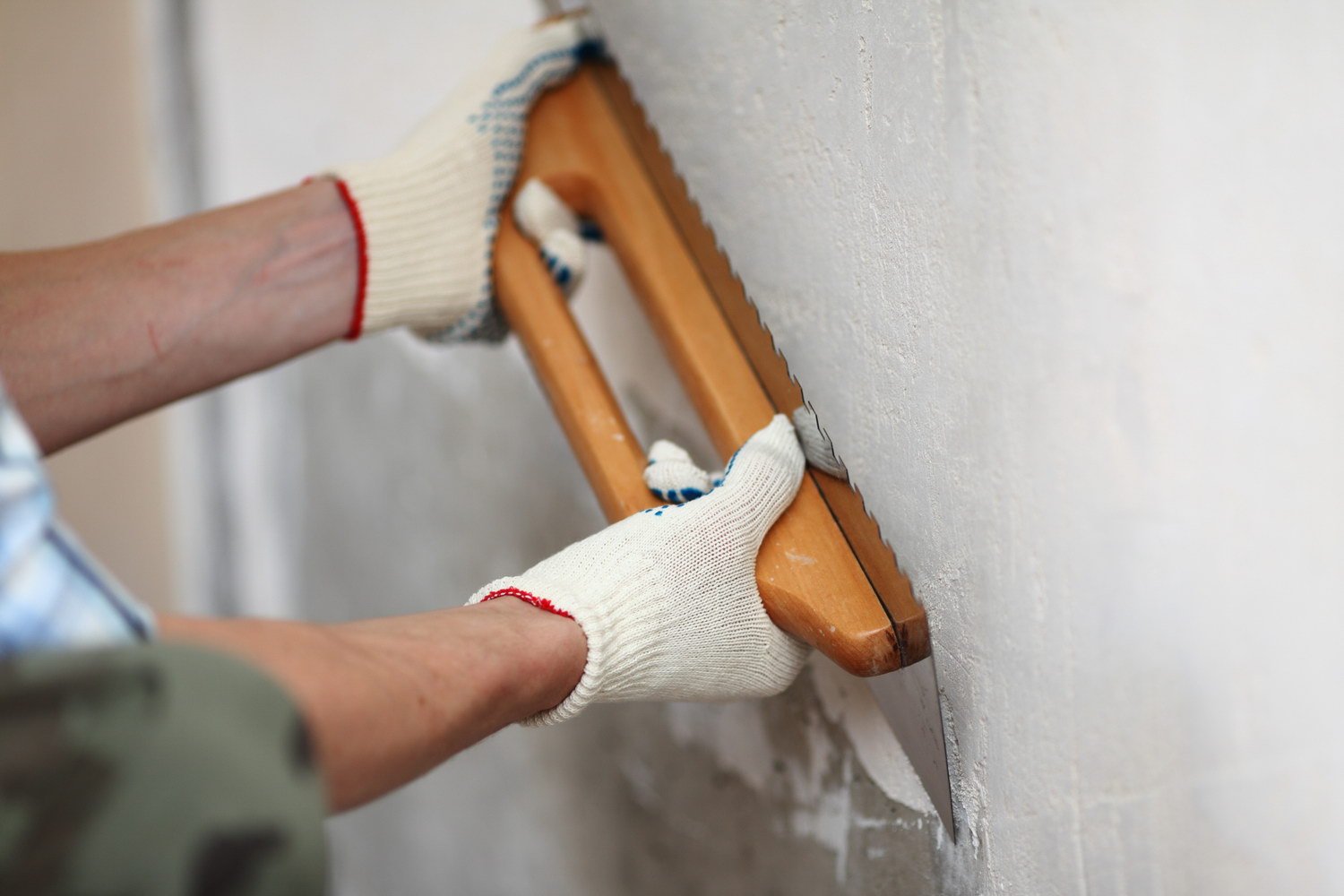Uneven walls are a common issue in many homes. While some imperfections can be concealed with 3D wallpaper or wall panels, standard wallpaper or paint requires a smooth surface.
To check for unevenness, use a level, a straightedge, a plumb line, or a laser level. A standard level is the easiest way to check for horizontal deviations – place it against the wall and observe the air bubble in the vial. For vertical alignment, a laser level or plumb line is ideal. Position the laser a few centimeters from the wall, projecting a straight line to the ceiling, then use a ruler to measure deviations at different points.
Depending on the severity of the unevenness, different leveling methods apply:
- 0.5–1 cm deviations – Use joint compound. A single layer suffices for up to 0.6 cm; thicker areas require two coats.
- 1–5 cm deviations – Apply plaster. It is more affordable than drywall and preserves space, but the drying process takes about a week.
- 5 cm or more deviations – Use drywall. This method allows for additional insulation but reduces room size – something to consider for smaller spaces.
Selecting the right material ensures a smooth finish, making future wall treatments easier and more visually appealing.

